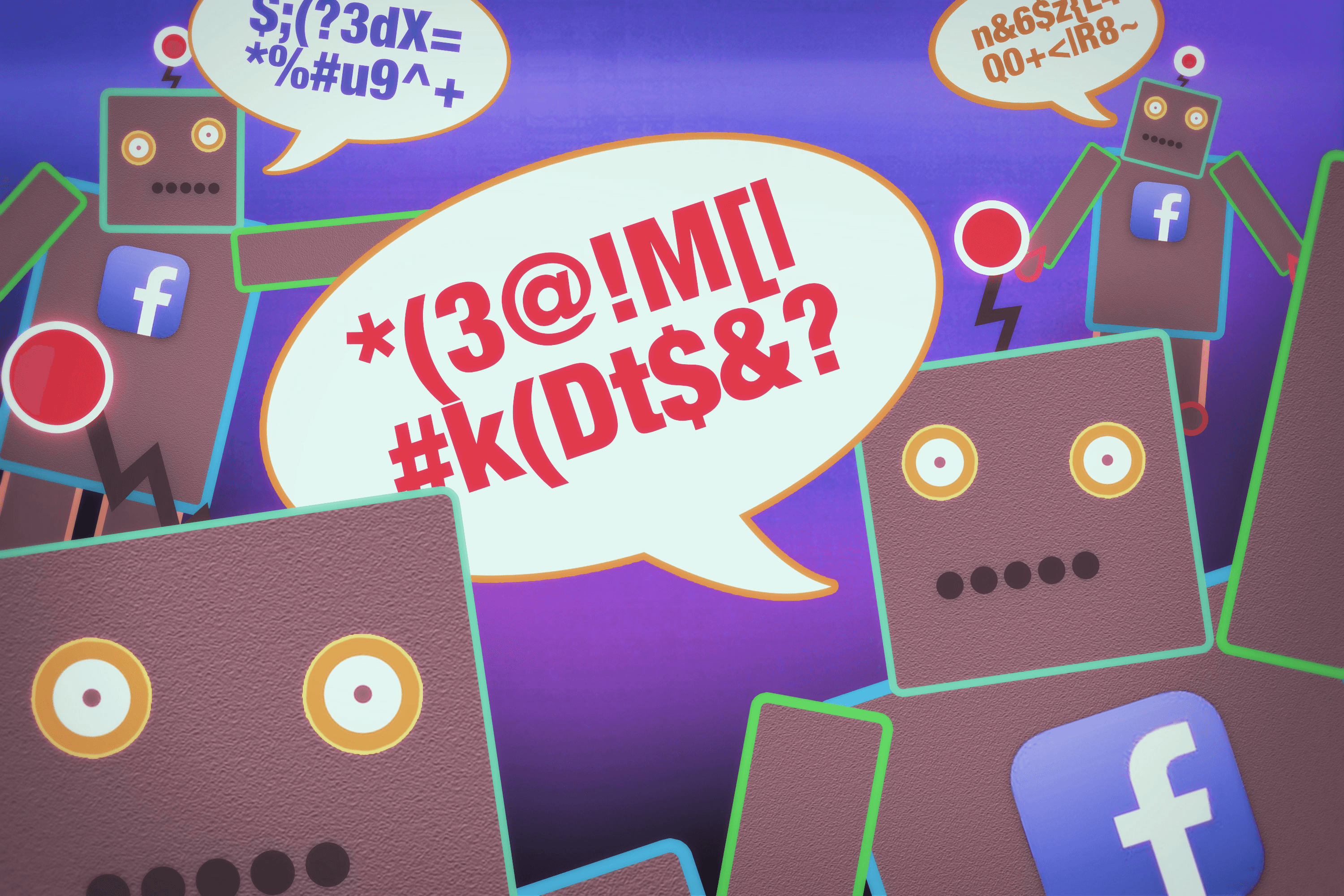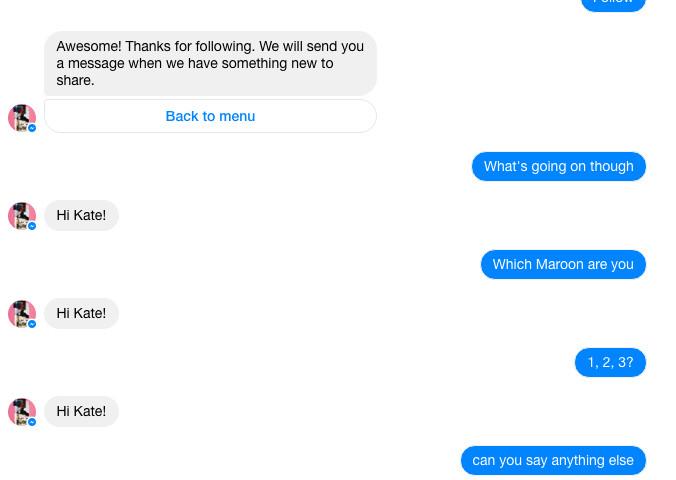
Every year the tech sector needs a buzzword that can attract reporters, venture capitalists, and developers like moths to a digital flame. In 2016 that word was “bots.” Medium thinkfluencers espoused the virtues of “conversational commerce.” Silicon Valley giants began incorporating bots into their messaging apps. Plenty of journalists (including yours truly) tried to chessboard out a bot-controlled future. The following headline was published with a straight face: “Facebook’s Messenger Bot Store could be the most important launch since the App Store.”
Well, it’s been a year since the chatbot hype reached its peak at Facebook’s 2016 developers conference (also known as F8). Turns out, apps have not been rendered obsolete, humans are still more fun to talk to than computers, and nobody wants to use a Google messenger, even if it’s imbued with AI smarts. This post-chatbot world looks a whole lot like the pre-chatbot one.
When Facebook unveiled its Messenger Platform API at F8 last year, developers suddenly had the ability to get a chatbot up and running on a billion-user platform within minutes. Mark Zuckerberg spoke about how advances in artificial intelligence and natural language processing would allow for more engaging human-bot interactions. “We think that you should just be able to message a business in the same way you message a friend,” he said.
Messenger was quickly flooded with tens of thousands of bots, but few of them achieved the conversation standard you’d expect from a friend (even by Facebook’s wildly overbroad definition of “friend”). Some general advice: Don’t find someone who looks at you the way the Maroon 5 chatbot looks at my colleague Kate Knibbs:


This brain-dead conversation highlights an issue that’s common among Messenger bots — many of them are just clunky repackagings of mobile web pages. There’s nothing dynamic about a bot that serves up scripted lines after a keyword search or offers a carousel of thumbnail images that could just as easily appear in an app. “Too much was expected of the technology and it just was not ready for prime time,” says Chetan Sharma, mobile analyst and CEO of Chetan Sharma Consulting. “It holds a lot of promise, but there’s a lot of work to be done in terms of how AI interfaces with the chatbots. Right now for the most part it’s just a glorified search engine.”
Sharma likens the current state of chatbots to the early days of Siri, Apple’s conversational AI, which was pitched as a humanlike assistant but whose capabilities were actually limited to rote, scripted tasks. Over time, Siri has grown more adept at answering complex queries, and chatbots will likely evolve along a similar path. However, there’s a risk that people exposed to bots amounting to cheap gimmicks won’t bother to use the technology in the future.
Facebook is well aware that its first batch of bots left some people wanting. “The problem was it got really overhyped, very, very quickly,” Facebook’s head of Messenger, David Marcus, said in September. “The basic capabilities we provided at the time weren’t good enough to basically replace traditional app interfaces and experiences.”
It’s not just Facebook that’s faced challenges proving the value of bots. At Google’s I/O developers conference last year, the search giant unveiled Allo, a new messaging client that includes the ability to chat with Google’s digital assistant (unfortunately named Google Assistant). The chatbot’s abilities are robust compared to a lot of the gimmicky interactions crowding Facebook Messenger, but it still hasn’t helped Allo take off. The app isn’t among the 400 most-downloaded currently on either iOS or Android, according to App Annie.
Despite early challenges, tech companies are expected to continue to invest resources into chatbots. This month Facebook announced it would begin using M, the Siri rival it’s developing, to suggest content to people mid-chat in Messenger (Allo has a similar feature). According to a TechCrunch report, Facebook is also planning to roll out bots in Messenger group chats at this year’s F8. And the company might also unveil its long-rumored Bot Store, which could help better surface the best options.
Still, it’s possible that the chat interface itself will be obsolete by the time tech companies give us bots worth talking to. Voice-controlled, screenless home assistants such as Amazon Echo and Google Home offer much of the same functionality as a chatbot, using voice commands instead of written ones. Microsoft and Apple are rumored to be developing Echo competitors, and it wouldn’t be surprising to see Facebook eventually enter the fray as well. “Hardware virtual personal assistants are a thing these days,” says Brian Blau, a research vice president at Gartner. “I wouldn’t be surprised if we saw some deeper integration of that technology into the Facebook ecosystem.”
Ultimately, tech companies are going to offer users a variety of ways to interact with AI, whether it’s through messaging apps, mobile assistants, or home appliances. But the impact of bots will be felt by degrees, rather than through a single, mega-hyped product reveal. “If you sold [chatbots] initially as, ‘This is the next big thing that’s gonna take over,’ or, ‘It’s gonna replace all the apps that you have,’ I think that’s getting ahead of itself,” Sharma says. “I think it will become a useful tool in the toolkit, but I think we are still in the early days.”